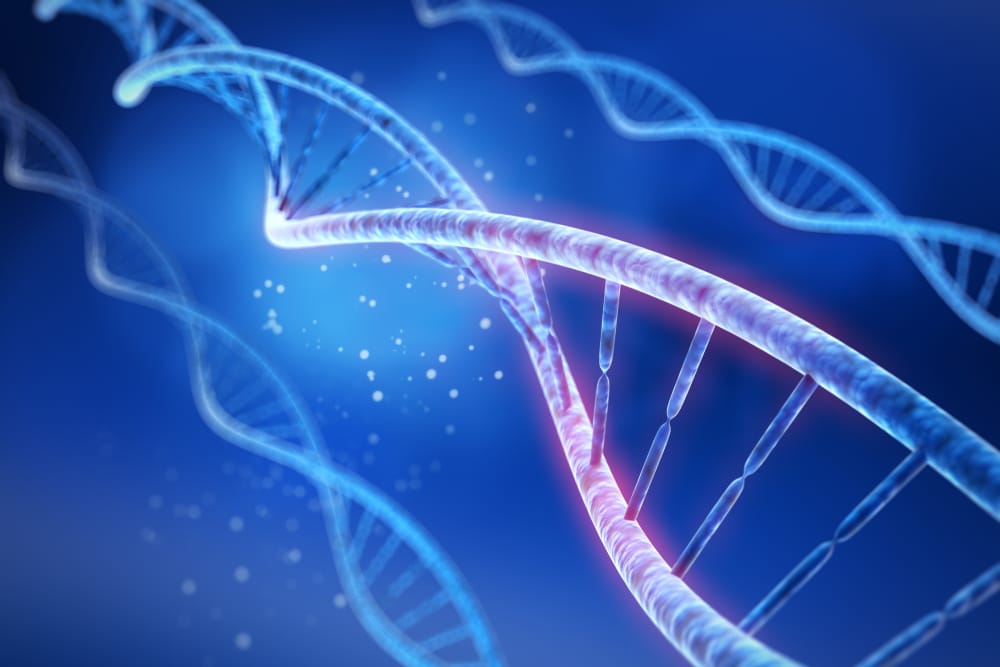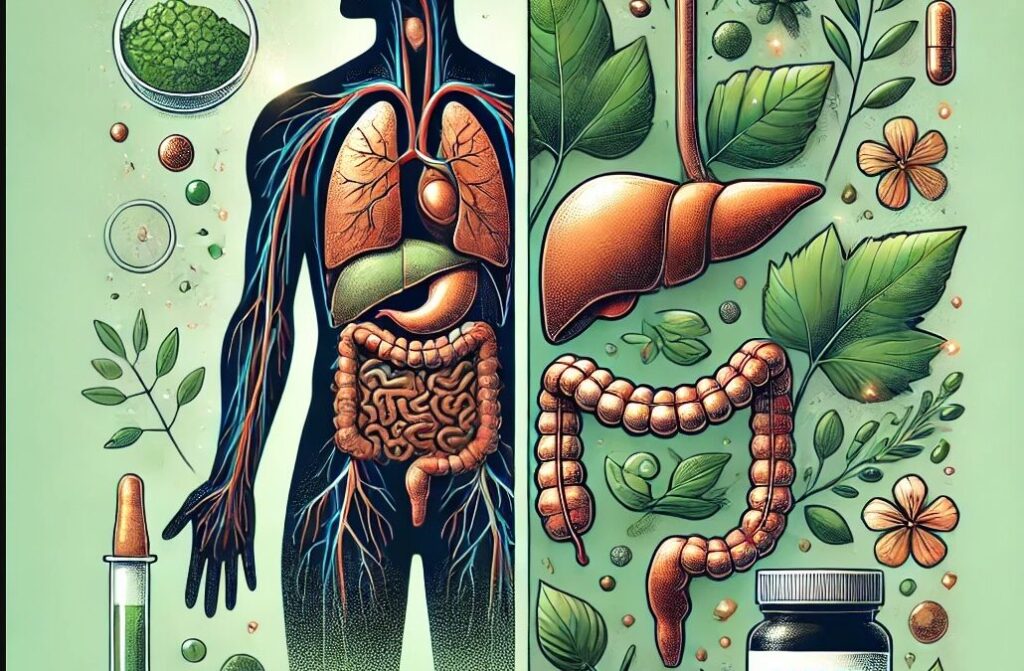During the past two decades, there has been a rapid increase in studies that report associations with gene polymorphisms, nutrition and disease risk (Burdge, Hoile, & Lillycrop, 2012). This is a paradigm shift from traditional nutritional recommendations that have been based on age, sex, and pregnancy. The advances in the association with epigenetics and nutritional requirements have been the driver of the advancement in the field of nutrigenomics, which has been wildly exploding.
What is epigenetics? We learned in middle school that our genetic code is the sequence of nucleotides in our DNA, which can certainly influence health status. However, I was amazed when I learned for the first time that there is another set of instructions that affects our gene expression, and this set of instructions can actually influenced by our environment such as our diet! This is referred to as epigenetics. I remember learning in my Biology Masters that Epigenetics meant “above the genome”. Epigenetics is the “study of heritable changes in gene function that occurs independent of a change in DNA sequence” (Kauwell, 2008) which involves a group of modifications that do not alter the actual DNA structure, but rather chromatin structure that can regulate transcription. “The major epigenetic processes are DNA methylation, histone modification, and noncoding RNA’s” (Burdge et al., 2012).
Genetic diversity
As we learned once in college, through the process of meiosis, there are multiple ways that diversity occurs among our genotypes to ensure no two genotypes are alike (well, except in the case of identical twins). These include crossing over, independent assortment, and random fertilization. This creates genetic uniqueness that is a result of variations in our DNA in which one nucleotide is substituted for another at specific locations on our genome, often called SNP’s (single nucleotide polymorphism) (Kauwell, 2008). We are finding out that SNP’s can alter certain nutrient requirements and metabolism, and although they do not affect regions that code for proteins, they do affect events that occur at the molecular levels such as transcription factor binding to the promoter region of the gene, which can thus alter the expression of that gene. Studies with identical twins have demonstrated some interesting results in the role environment indeed can play a role as seen in insights from identical twins (Learn Genetics, n.d.).
One common nutritionally relevant SNP that is a hot topic in functional medicine occurs on the MTHFR gene which provides instructions for making an enzyme called methylenetetrahydrofolate reductase. This enzyme plays a role in processing amino acids such as homocysteine to methionine (NIH, n.d.). This SNP involves the substitution of cytosine with thymine (C->T) at the base pair 677 of the gene, that results in a coding change where alanine is replaced with valine at position 222 in the gene product (Kauwell, 2008). Inheriting one or two copies of this gene variant can down-regulate the enzyme function, which has some health implications. For example, someone with two copies of the gene (homozygous) may experience elevated plasma homocysteine, especially when paired with low folate status (Kauwell, 2008). This can put the person at risk for coronary artery disease. “Fortunately, reduced MTHFR activity associated 677C->T polymorphism is attenuated when folate status is adequate” (Kauwell, 2008).
What is fascinating about our epigenome is that it provides an extra layer of instructions besides our genetic sequence that codes for proteins synthesized by our bodies. This “extra layer of instructions” can affect whether certain genes are turned on or off, which can thus affect cellular function and metabolism. In fact, the environment has a strong influence on these instructions, such as nutrient status from food and supplements, which can alter the epigenetic state of the genome and subsequent gene expression. What this means is that the same exact DNA sequence for a particular gene may give rise to different outcomes based on things like diet-induced epigenetic modifications that can influence gene silencing and activation.
This is an exciting time for the field of nutrition and nutrigenomics, as we are finding increasing evidence that nutrition throughout the life course can modify the epigenome in such a way that can influence risk of a number of important diseases. “Therefore, if nutritional recommendations are to be targeted at individuals then epigenetic effects must be included in any attempt at personalized nutrition” (Burdge et al., 2012).
References
Burdge, G. C., Hoile, S. P., & Lillycrop, K. A. (2012). Epigenetics: are there implications for personalised nutrition? Curr Opin Clin Nutr Metab Care, 15(5), 442-447. doi:10.1097/MCO.0b013e3283567dd2
Kauwell, G. P. (2008). Epigenetics: what it is and how it can affect dietetics practice. J Am Diet Assoc, 108(6), 1056-1059. doi:10.1016/j.jada.2008.03.003
Learn Genetics. Insights from Identical Twins. Retrieved (2019, April 25) from https://learn.genetics.utah.edu/content/epigenetics/twins/
NIH (n.d.) MTHFR gene. Retrieved (2019, April 25) from https://ghr.nlm.nih.gov/gene/MTHFR




